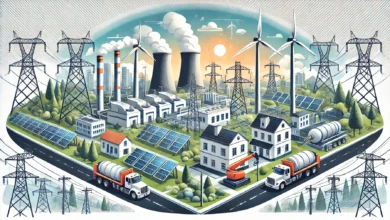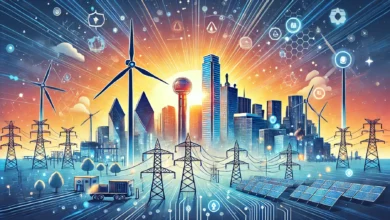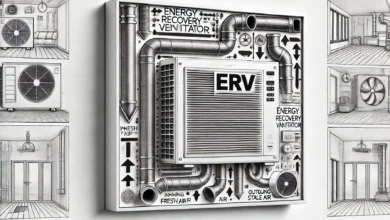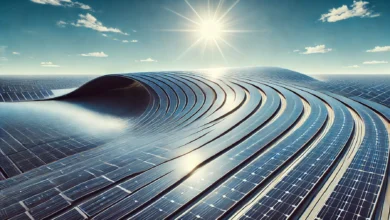Innovative Renewable Energy Technologies
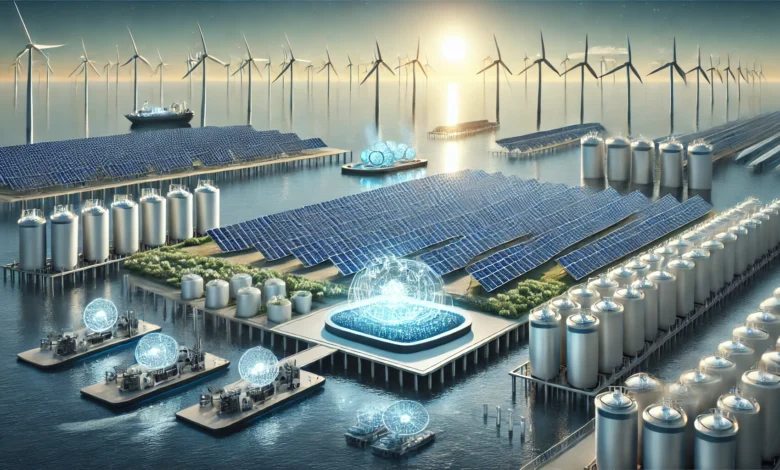
The evolution of energy is being propelled by incredible advancements in renewable energy technology. As the demand for sustainable energy solutions continues to grow, tinker-makers throughout the world are discovering new solutions. Let’s take a moment to explore some of the best renewable energy innovations that are shaping the future of renewable energy today.
Contents
- 1 Solar photovoltaics: Beyond the Panel
- 2 Floating Solar Farms
- 3 Wind Energy: New Heights
- 4 Next-Gen Hydropower
- 5 State-of-the-Art Bioenergy Developments
- 6 New Energy Storage Technologies
- 7 Smart Grids Using AI
- 8 Green Hydrogen as a Clean Energy Carrier
- 9 The Future: Energy Positive Buildings and Cities
- 10 Frequently Asked Questions (FAQ)
Solar photovoltaics: Beyond the Panel
Solar is a household name for renewable energy options, yet the technology is advancing rapidly past the standard rooftop panel.
- Bifacial solar panels: Bifacial panels collect sunlight from both sides of the panel, which can increase energy production by 30 percent or more.
- Perovskite solar cells: Perovskite is a new and exciting material that is less expensive and easier to work with than silicon, while obtaining astonishing efficiencies.
- Building integrated photovoltaics (BIPV): these solar windows and facades create energy while adding beautiful design to buildings.
Interested in how simple solar systems work? Read: How do solar panels work?
Floating Solar Farms
Solar farms have officially made the jump to offshore. Floating solar arrays are generating clean energy on open water, while encountering the secondary benefit of lowering evaporation on reservoirs.
- Highly beneficial for places where land is not readily available.
- Floating solar keeps solar panels cooler (therefore increasing efficiency).
Wind Energy: New Heights
Similarly, wind energy is also pushing new boundaries:
- Floating offshore wind farms: This system allows turbines to be set on floating platforms, such that they are placed in water which is 60 meters deep or more for better performance.
- Vertical axis wind turbines: These create usable energy in urban spaces by allowing for changing wind directions.
Discover how wind energy is an essential part of the climate change solution in our article, The Role of Wind Energy in Combating Climate Change.
Next-Gen Hydropower
Hydropower continues to adapt in an effort to lessen its environmental consequences:
- Pumped Storage Hydropower: A pumped storage hydropower plant operates like a giant scale battery by storing excess energy when demand is low.
- Run-of-River Systems: Generate electricity without the need for large-scale dams, protecting river ecosystems.
Check out more of our information on the following page: Hydropower Pros and Cons.
State-of-the-Art Bioenergy Developments
Often considered the least sustainable energy source, the biomass sector has embraced efficiency and sustainability.
- Algal Biofuels: Algae grow much faster than typical biofuel crops and provide two to four times the amount of crude oil per acre.
- Biomass Gasification: It turns organic material into syngas, which can also be burned to create electricity or fuels.
Interested in biomass energy? Check out What is Biomass Energy.
New Energy Storage Technologies
Energy storage plays an essential role for renewables.
- Solid-State Batteries: More energy-dense, longer-lasting, and safer than lithium-ion batteries.
- Grid-scale Storage: Technologies like flow batteries allow entire cities to store renewable energy.
Smart Grids Using AI
Today’s modern grid can use artificial intelligence and innovative sensors to:
- Improve the flow of electricity across entire regions.
- Instantaneously balance demand with supply.
- Integrate decentralized renewable sources seamlessly.
Green Hydrogen as a Clean Energy Carrier
The production of hydrogen through electrolysis using renewable sources is going to be a key part of the clean energy future:
- Green hydrogen can be used to power fuel-cell vehicles.
- Hydrogen can be used for long-term storage of renewable energy.
The Future: Energy Positive Buildings and Cities
The future of energy positive buildings and cities will not just combine sustainable energy generation, but also infrastructure that generates more energy than it consumes.
- Net-zero and energy positive buildings are becoming the norm.
- Microgrids and decentralized systems are allowing neighborhoods to utilize and trade renewable energy amongst themselves.
If you are interested in seeing how you can contribute to a greener world, read 10 Easy Steps to Start a Zero-Waste Lifestyle.
Frequently Asked Questions (FAQ)
What is the most exciting new renewable energy technology?
Floating offshore wind farms and perovskite solar cells are highly scalable and effective, and two of the most exciting.
Can you use floating solar panels on a small pond?
Yes! Small floating solar systems are being deployed in ponds and reservoirs for homes, farms, and small businesses.
How does green hydrogen aid renewable energy?
Green hydrogen has the potential to store excess renewable energy and can even decarbonize hard to electrify sectors like shipping and heavy industry.
Are vertical wind turbines better in cities?
For many applications, yes. Vertical turbines make better use of chaotic and varying winds associated with urban environments.
Are energy positive cities a real possibility?
Energy positive cities are already piloting energy positive communities globally. The fast pace of advancements in building materials, smart grids, and microgeneration is opening up many possibilities.
